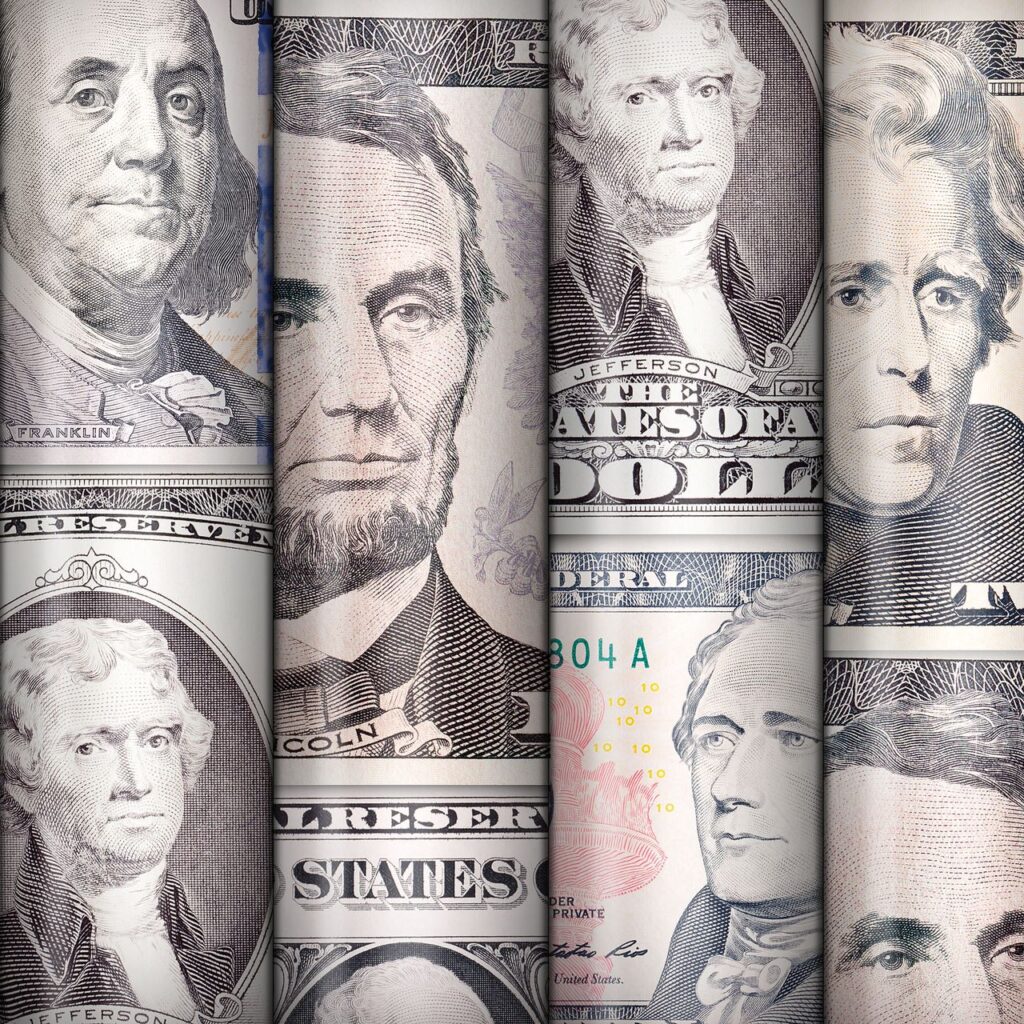(Reuters) – The dollar slipped on Friday as investors bet U.S. interest rates have peaked, while the yen edged higher after Japan’s core consumer price growth picked up, reinforcing views that the Bank of Japan (BOJ) may soon roll back monetary stimulus.
With U.S. markets closed on Thursday for the Thanksgiving holiday and due for a shorter Black Friday trading session, currencies are trading narrowly as liquidity is expected to remain thin.
The dollar index, which measures the U.S. currency with six peers, eased 0.077% to 103.69, staying close to the two-and-a-half month low of 103.17 it touched earlier this week.
The index is down 2.8% for the month, on course for its weakest monthly performance in a year on growing expectations the Federal Reserve is done raising interest rates and could start cutting them next year.
Markets have dialled back expectations of Fed rate cuts in 2024, with futures now showing a 25% chance that it will cut its target rate at the March 2024 policy meeting, according to CME Group’s (NASDAQ:CME) FedWatch tool, compared with a 33% chance last week.
Jefferies strategist Mohit Kumar said the Fed and the European Central Bank (ECB) will likely cut rates around June and September, while the Bank of England could move around May and August, possibly becoming the first central bank to cut rates.
“It would be difficult for the market to price in earlier rate cuts than June. In our view the bid offer for first cuts is June to Q3 next year,” he said.
Elsewhere, the Japanese yen flattened at 149.57, after strengthening following data that showed Japan’s core consumer price growth picked up slightly in October, having eased the previous month.
That reinforced investors’ views that stubborn inflation may push the BOJ to roll back monetary stimulus before long.
The Asian currency has slowly crawled away from the near 33-year low of 151.92 it touched at the start of last week and is up 1.5% for the month.
ING economists said they expect the BOJ to move away from its super-accommodative stance next year.
“We believe that the BOJ may scrap the yield curve programme as early as the first quarter of next (year), as Japanese government bonds appear to have stabilised,” they said.
The bank will “then begin its first rate hike in Q2 2024 if wage growth continues to accelerate next year”.
The nationwide core consumer price index (CPI), which excludes volatile fresh food costs, rose 2.9% year-on-year in October, government data showed on Friday, against 3.0% expected by economists in a Reuters poll.
Japan’s factory activity shrank for a sixth straight month in November, while modest growth in the service sector was little changed, a business survey showed on Friday, highlighting the fragility of the economy amid soft demand and inflation.
The euro also flattened at $1.0909, after data confirmed an initial estimate published in late October that showed Germany’s economy shrank slightly in the third quarter compared with the previous three months.
Separate data showed German business morale improved for a third straight month in November.
The single currency is pausing for breath after gaining some ground on Thursday after a series of preliminary surveys showed recession in Germany may be shallower than expected, which offset a downbeat reading on French business activity.
Sterling rose for a second consecutive day, up 0.2% to $1.2559, after data showed on Thursday that British companies returned to growth in November, fuelling hopes Britain will avoid a recession.



